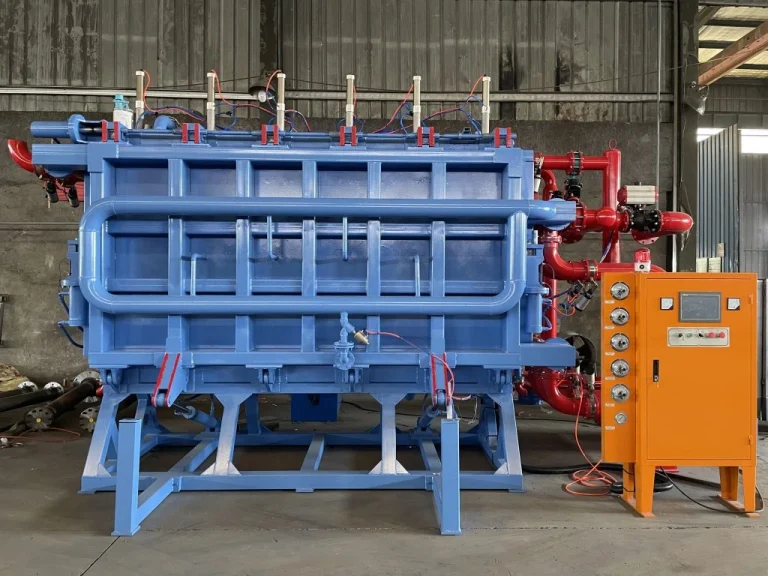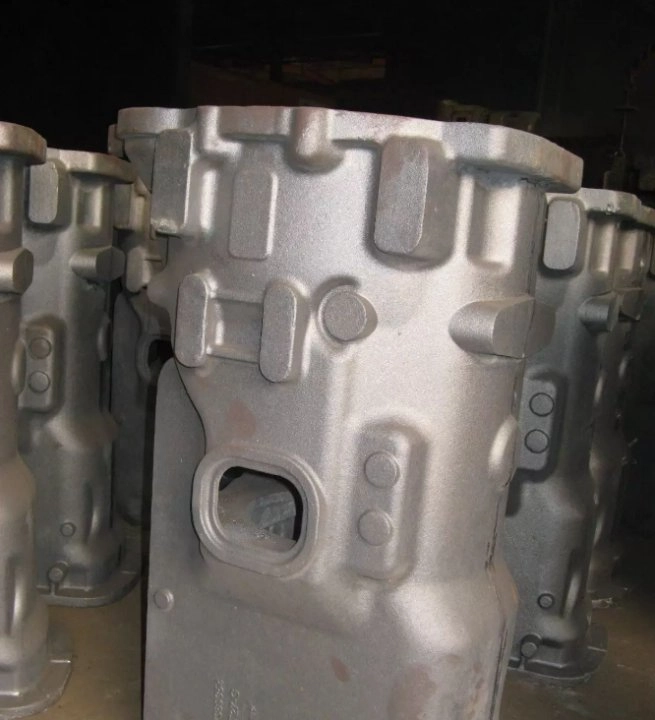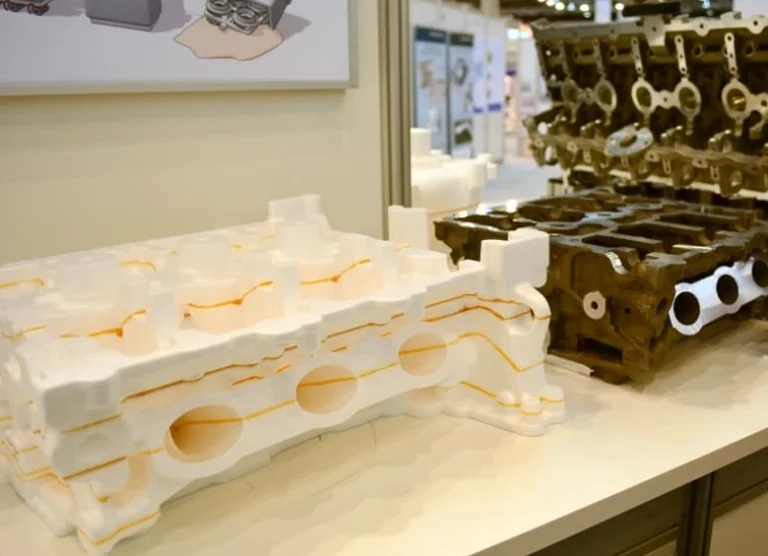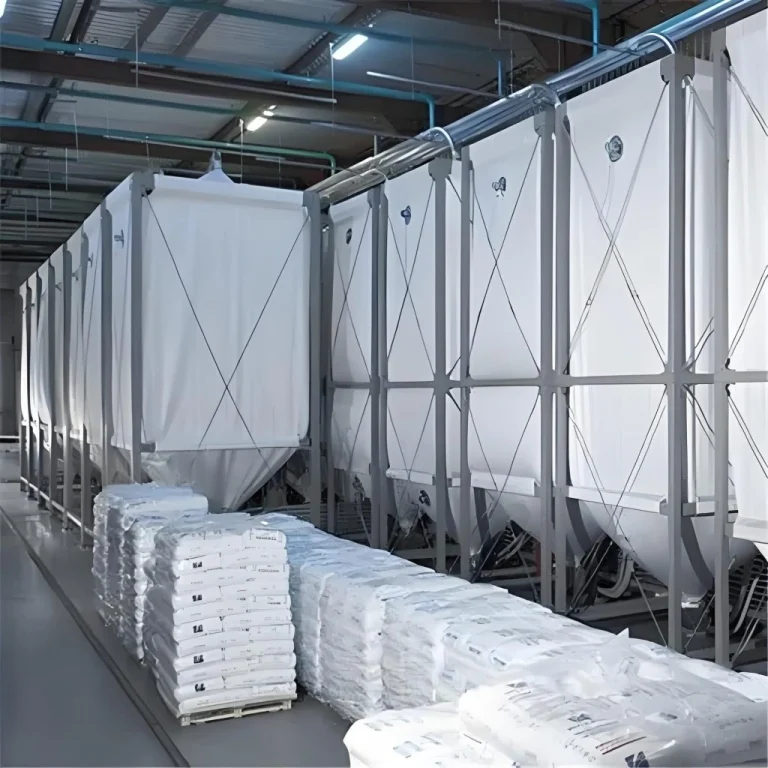Overview of Lost Foam Casting Technology
Fundamentals of the Lost Foam Casting Process
Lost foam casting is an advanced metal casting technique where a foam pattern is used to create complex metal components. This process involves the creation of a polystyrene foam model that replicates the final metal part. The foam model is coated with a refractory material and then placed in a sand mold. When molten metal is poured into the mold, the foam vaporizes and is replaced by the metal, forming the final part.
Key Advantages of Lost Foam Casting
The primary advantages include high dimensional accuracy, minimal machining, and the ability to produce intricate geometries. It reduces assembly requirements and allows for lightweight designs.
The Role of Vacuum in Lost Foam Casting
Importance of Vacuum Systems in Mold Stability
Vacuum plays a critical role during the molding phase by stabilizing the foam pattern and aiding in uniform cooling. The negative pressure of the system is maintained at -0.5MPa to -0.8MPa, and the pumping volume of a single pump is ≥ 250m³/H, ensuring rapid vaporization of water content in the mold without deformation or defects.
Quick cooling of white mold, low moisture content, no deformation of white mold after demolding, and a smooth surface without bulging illustrate how vacuum systems enhance product quality by preserving mold integrity during demolding.
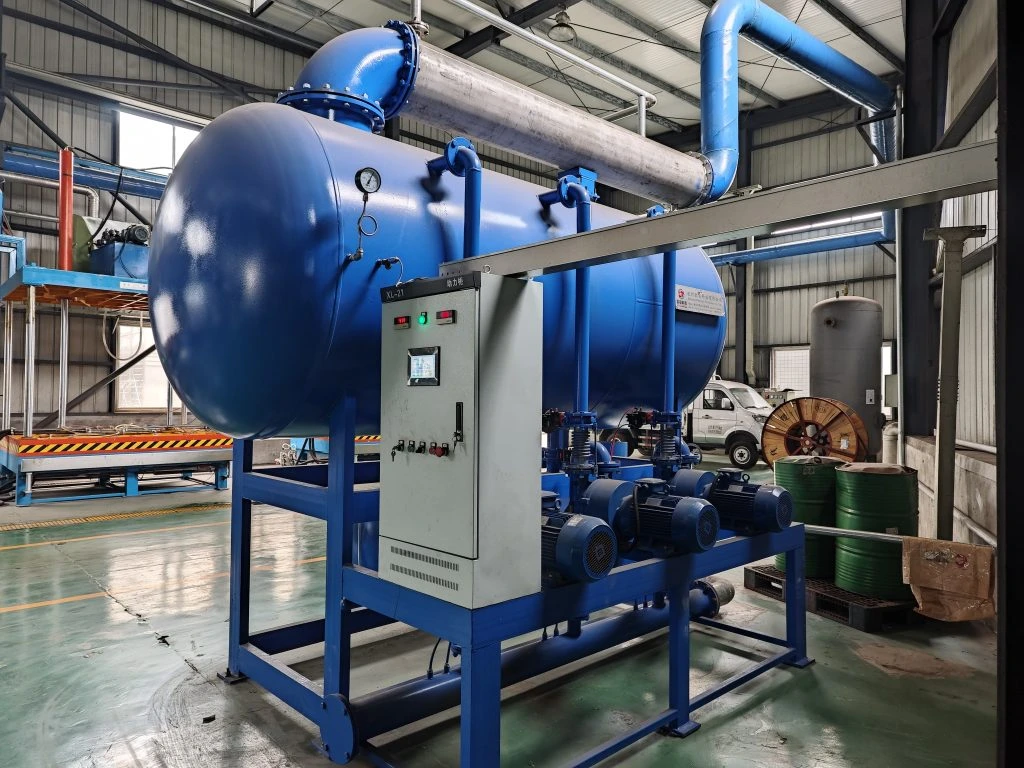
Introduction to Central Vacuum Pump Systems
Structure and Functionality of Central Vacuum Pumps
A central vacuum pump system comprises multiple vacuum pumps controlled via PLC automation, a tower condenser operating in closed cycle mode, vacuum tanks, drainage tanks, and adaptive frequency control mechanisms.
The central vacuum unit adopts PLC automatic control, and the tower condenser operates in a closed cycle. The vacuum cooling system includes a vacuum tank and a drainage tank, with volumes of 8m³ and 0.5m³, respectively. It includes 3-5 7.5KW vacuum pumps. These features ensure efficient condensation, consistent negative pressure maintenance, and energy-efficient operation.
Integrating Central Vacuum Pump Systems into Lost Foam Casting
Design Considerations for System Integration
When integrating central vacuum systems into lost foam casting lines, it’s essential to consider synchronization with molding machine cycles, spatial layout for vacuum tanks and pipelines, heat recovery integration, and real-time feedback control.
Constant pressure control ensures constant vacuum pressure, and multi-point secondary pressure feedback control helps maintain stable conditions throughout production.
Required Infrastructure and Equipment Compatibility
Compatibility with existing hydraulic forming machines or horizontal forming machines must be ensured. The equipment includes a pressurized feeding tank, automatic filling, or zone grouping filling—uniform bead filling with a small density gradient, which complements centralized vacuum systems by ensuring uniformity across molds during filling.
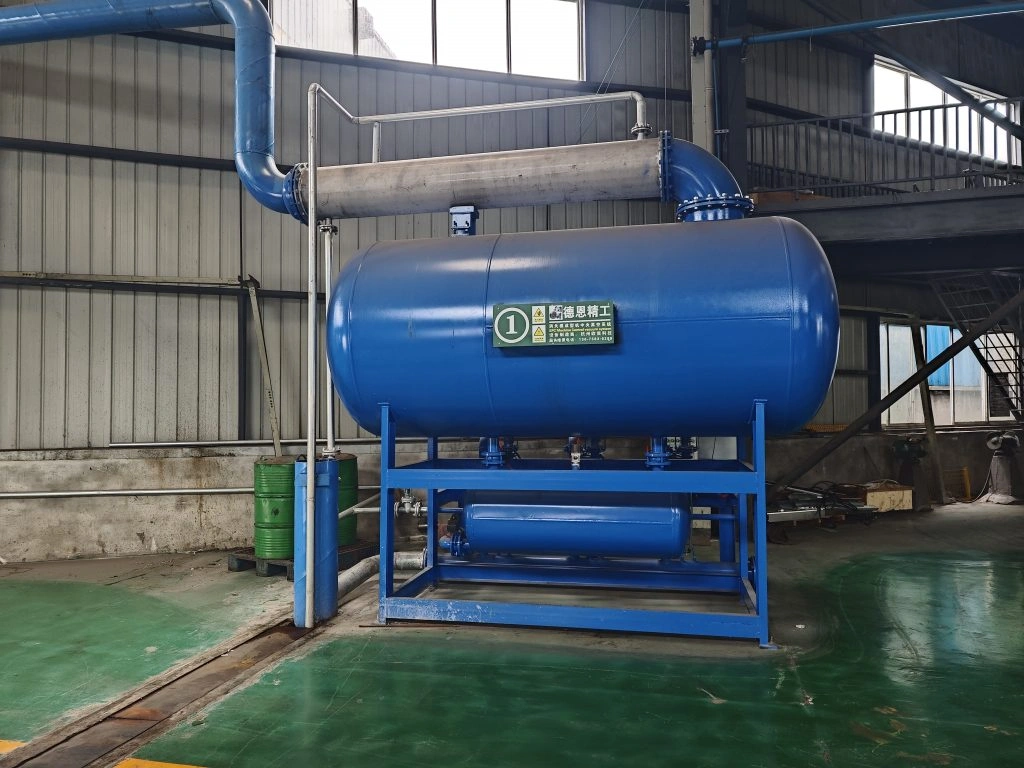
Performance Benefits of Central Vacuum Pump Systems
Enhanced Mold Integrity and Dimensional Accuracy
By maintaining constant negative pressure levels between -0.5MPa to -0.8MPa during operation, these systems prevent premature collapse or deformation of foam patterns during pouring.
The white mold does not deform after being ejected from the mold, and the surface is flat and not bulging, confirming improved dimensional stability due to controlled cooling under vacuum conditions.
Reduction in Defects and Porosity Levels
Consistent suction removes gases generated during vaporization more effectively than non-vacuum methods. This minimizes porosity in castings caused by trapped gases or uneven burnout of foam patterns.
Improvements in Cycle Time and Production Efficiency
With adaptive start-stop functions on multiple variable frequency pumps, the negative pressure pump adopts multiple sets of variable frequency control and has an adaptive start-stop function. Energy usage is optimized while also reducing downtime between cycles due to faster cooling rates.
Operational Efficiency and Energy Optimization
Centralized systems are equipped with closed-loop air energy heat recovery systems, which recover and utilize the heat inside the molding machine mold and send it to the drying room. The equipment does not discharge wastewater. This not only reduces environmental impact but also improves thermal efficiency across operations.
Quality Control and Process Monitoring
Real-time monitoring using PLC-controlled instrumentation allows operators to track performance metrics, like negative pressure levels, pump status, drainage cycles, and moisture content post-demolding—all contributing to consistent quality assurance across batches.
The drainage of the vacuum system is automatically controlled by PLC. White mold cools quickly, with a smooth surface without bulging, illustrating automated quality consistency through intelligent system feedback loops.
Economic Impact on Foundry Operations
Investing in centralized systems results in long-term savings through reduced scrap rates and lower labor requirements due to automation features. One-time molding and automatic cyclic production improve material yield from fewer defects per batch, as well as reduced utility consumption via energy-efficient components, like German Nasim pumps.
Environmental Considerations
Centralized units are designed for sustainability: the system does not discharge wastewater, while heat recovery reduces overall energy demand on external heating units. The use of anti-static piping reduces fire hazards associated with EPS bead transport—a known issue in traditional setups.
Choose Central Vacuum Pump Systems from Hangzhou Ouchen Technology Co., LTD
Hangzhou Ouchen Technology Co., LTD specializes in high-end intelligent lost foam area equipment manufacturing, located in Hangzhou Fuyang District Xindeng Town—China’s concentrated EPS equipment hub. The company introduces German EPS/EPP top technology combined with a number of independent intellectual property patents, focusing on automation research. It is an important partner of China Lost Mold Industry Association/Society.
Their central vacuum pump systems feature:
- Efficient German original Nasim vacuum pump
- PLC automatic control with multi-point secondary pressure feedback
- Closed-loop air energy heat recovery system for zero wastewater discharge
These features make them ideal for modern foundries seeking precision casting solutions integrated with sustainable practices.
FAQ
What makes central vacuum pumps better than individual units?
Constant pressure control ensures constant vacuum pressure, and multi-point secondary pressure feedback control makes them more stable than decentralized setups.
Can these systems be integrated into existing casting lines?
Yes. They are designed for compatibility with hydraulic vertical forming machines, as well as other automated molding setups from Hangzhou Ouchen Technology Co., LTD.
How do they improve environmental compliance?
The equipment does not discharge wastewater, thanks to its closed-loop cooling design—eliminating effluent discharge concerns common in traditional systems.
What maintenance do these systems require?
Minimal maintenance due to high-quality components, like imported valves from Schneider-level brands. All valves are high-quality branded products from both domestic and foreign sources, ensuring long operational life with fewer breakdowns.
Are these systems scalable for large foundry operations?
Yes. With multiple 7.5KW pumps scalable based on demand, they include 3-5 7.5KW vacuum pumps and can support both mid-sized workshops or full-scale industrial foundries effectively.

